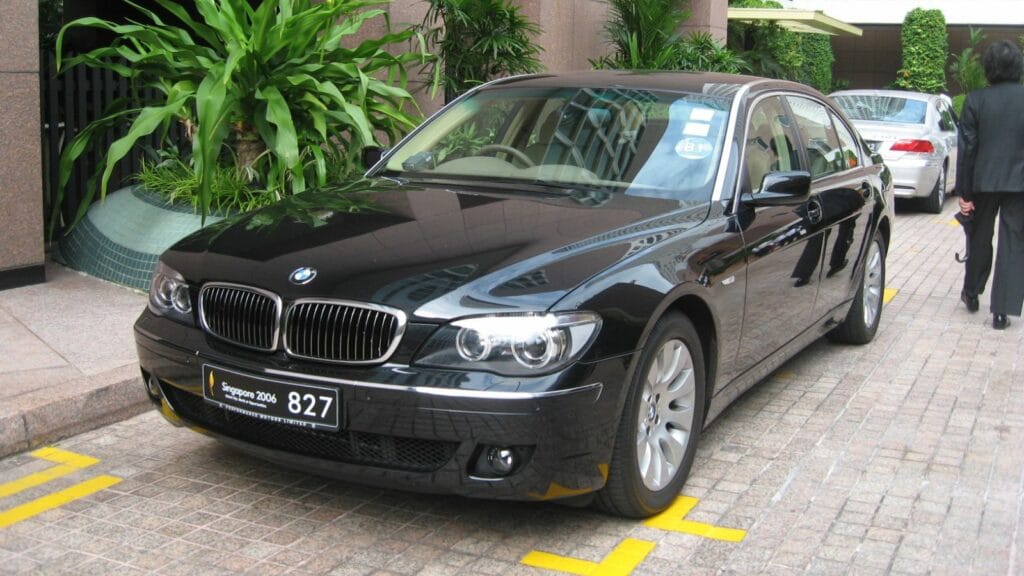Some cars promise the world but deliver a pile of bills and broken expectations. Whether it is because of bad engineering, clumsy execution, or sky-high repair costs, these cars have earned a reputation as vehicles that many owners would never buy again. Based on long term ownership reviews and mechanic insights, here are ten of the most regrettable cars sold.
Mercedes Benz ML350 (2006 to 2011)
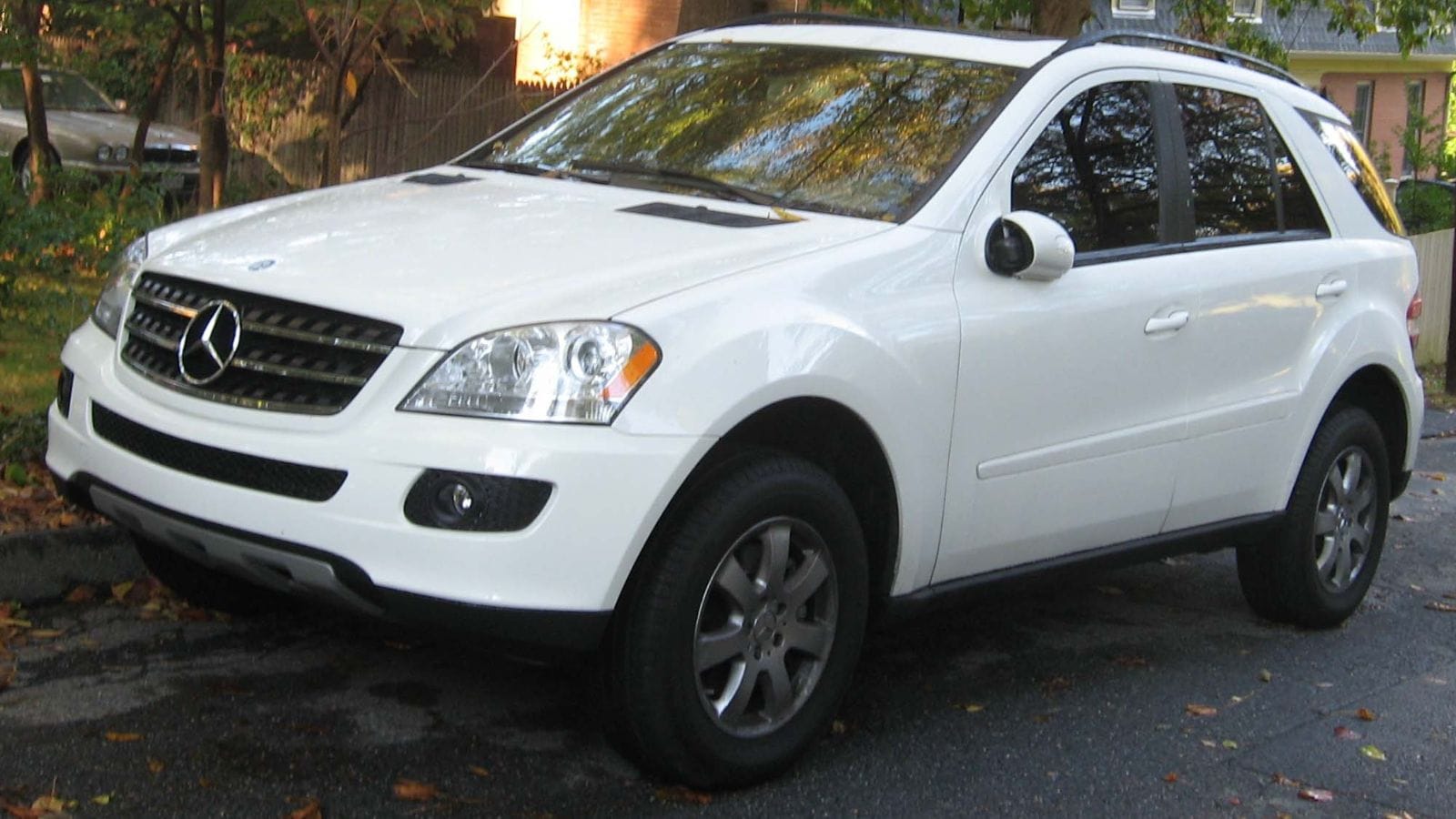
On paper, the ML350 had everything you wanted in a luxury SUV. Leather, a V6 engine, and the Mercedes badge. In reality, it came with constant maintenance concerns. Electrical issues were widespread, including dead batteries caused by software glitches. The air suspension had a habit of sagging at the worst times. Oil leaks and transmission problems appeared often before 100,000 miles. Add high parts prices and limited access for basic repairs, and the ML350 ended up being one of those vehicles people said they loved to drive but hated to keep.
Dodge Caliber (2007 to 2012)

The Caliber was supposed to be Dodge’s answer to the affordable hatchback. Unfortunately, it was neither fun to drive nor dependable. The cabin was noisy, the plastics were among the worst in the business, and the ride felt harsh even on smooth roads. Mechanical problems included a weak CVT transmission and unpredictable power steering. Owners complained that the car aged poorly and lost value fast. Even basic maintenance felt like a chore. It is a car most people try to forget they ever owned.
Mini Cooper S (2007 to 2012)
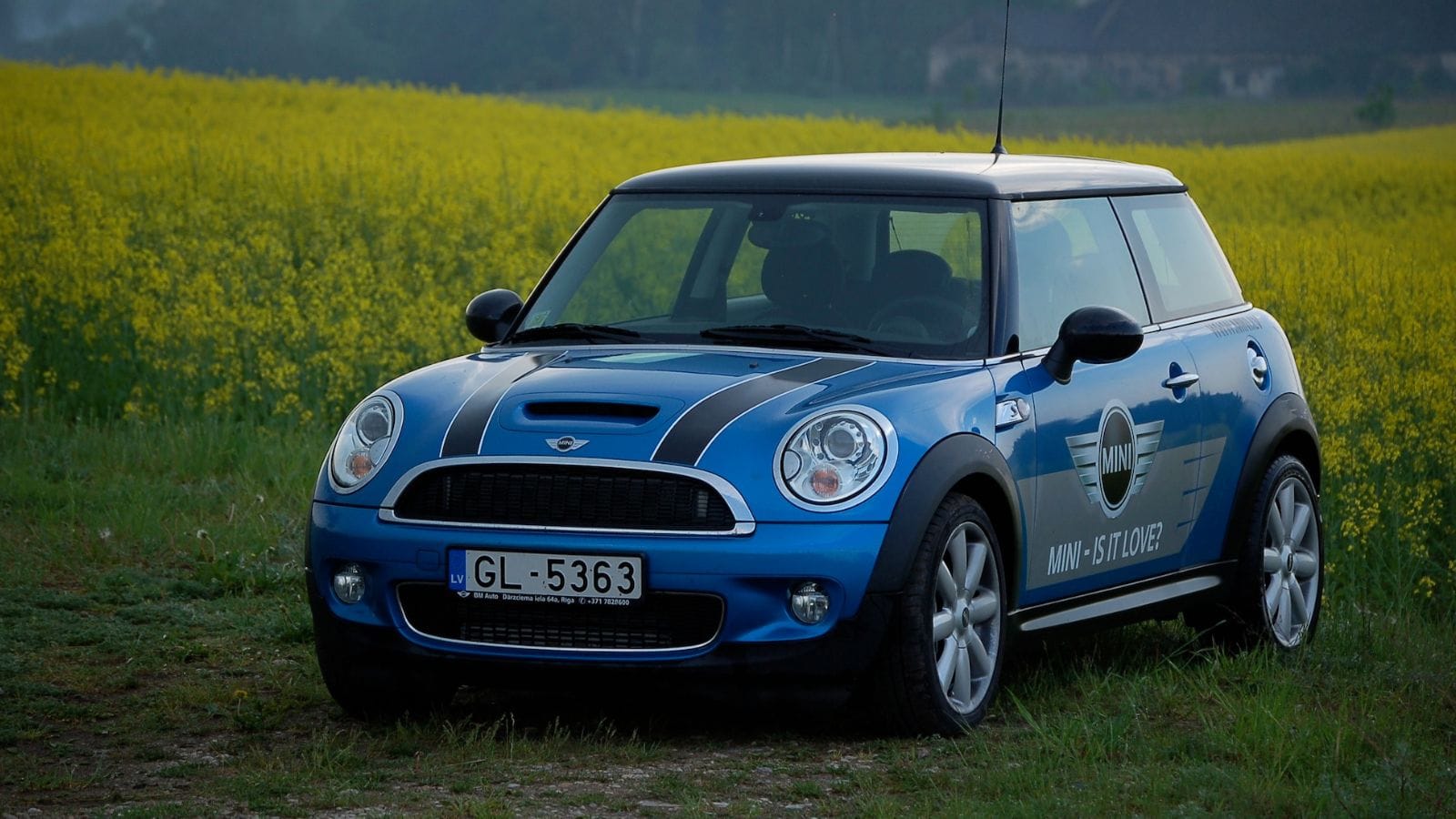
Driving a Mini Cooper S is a blast when it works. The trouble is, it often does not. The turbocharged engine was notorious for timing chain tensioner issues that could lead to significant damage. Oil consumption was a regular complaint, and many cars suffered from failed water pumps and thermostats. With everything packed tightly under the hood, labor costs soared. Owners who expected low maintenance on their stylish city car were often shocked at how unreliable these cars could be as the miles mounted.
Range Rover Sport (2006 to 2012)
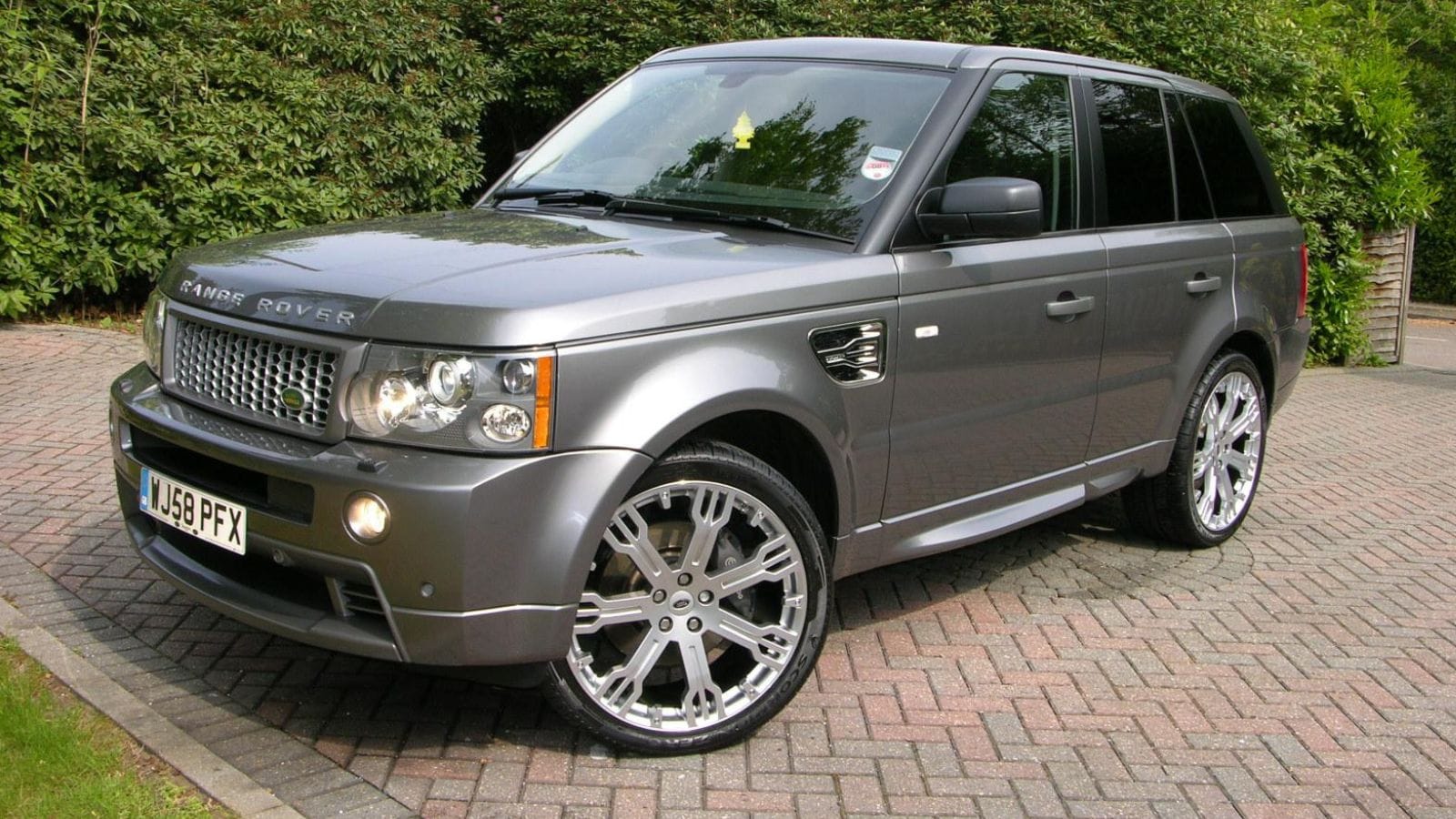
Luxury, presence, and off-road ability came standard. So did trouble. The early Range Rover Sport had loads of tech and capability, but also a long list of weak points. Air suspension failures were common and expensive. Coolant system leaks were routine and complex to access. Transmission issues cropped up often, and many components required dealership tools for even minor fixes. Owning one without an extended warranty was a financial adventure few were willing to repeat. For every gorgeous moment behind the wheel, there was a gut punch at the mechanic.
Chrysler Sebring (2001 to 2010)
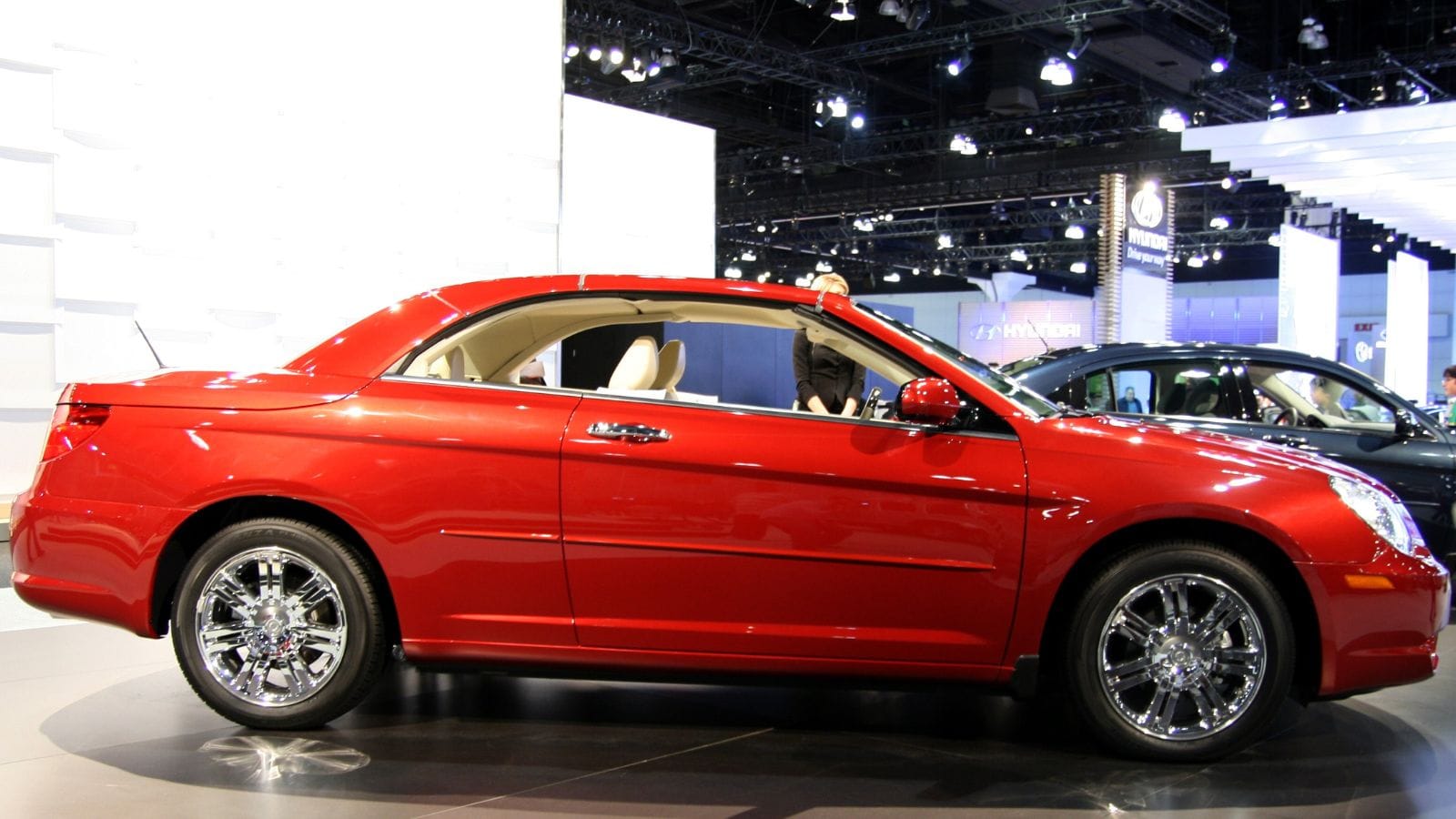
The Sebring had a rough ride through the 2000s. What was intended to be Chrysler’s midsize answer to the Accord or Camry turned into one of the most frequently criticized vehicles in its class. Poor interior quality, cheap materials, and weak engine options made it a hard car to enjoy. The convertible model was especially notorious for leaking tops and failing window motors. Suspension parts wore out early, and replacement costs often exceeded the value of the car. Many owners said they regretted buying it within the first year.
Volkswagen Passat (2001 to 2005)

The Passat looked like a premium German sedan, but it required far more maintenance than most owners expected. The 1.8 turbo engine was known for oil sludge issues that could kill the engine if oil changes were not done like clockwork. The automatic transmission was also problematic, often requiring a rebuild before 100,000 miles. Power windows failed regularly, and dashboards lit up with warning lights that were sometimes impossible to trace. It drove well when it worked, but that was not often enough for many disappointed owners.
Cadillac Catera (1997 to 2001)
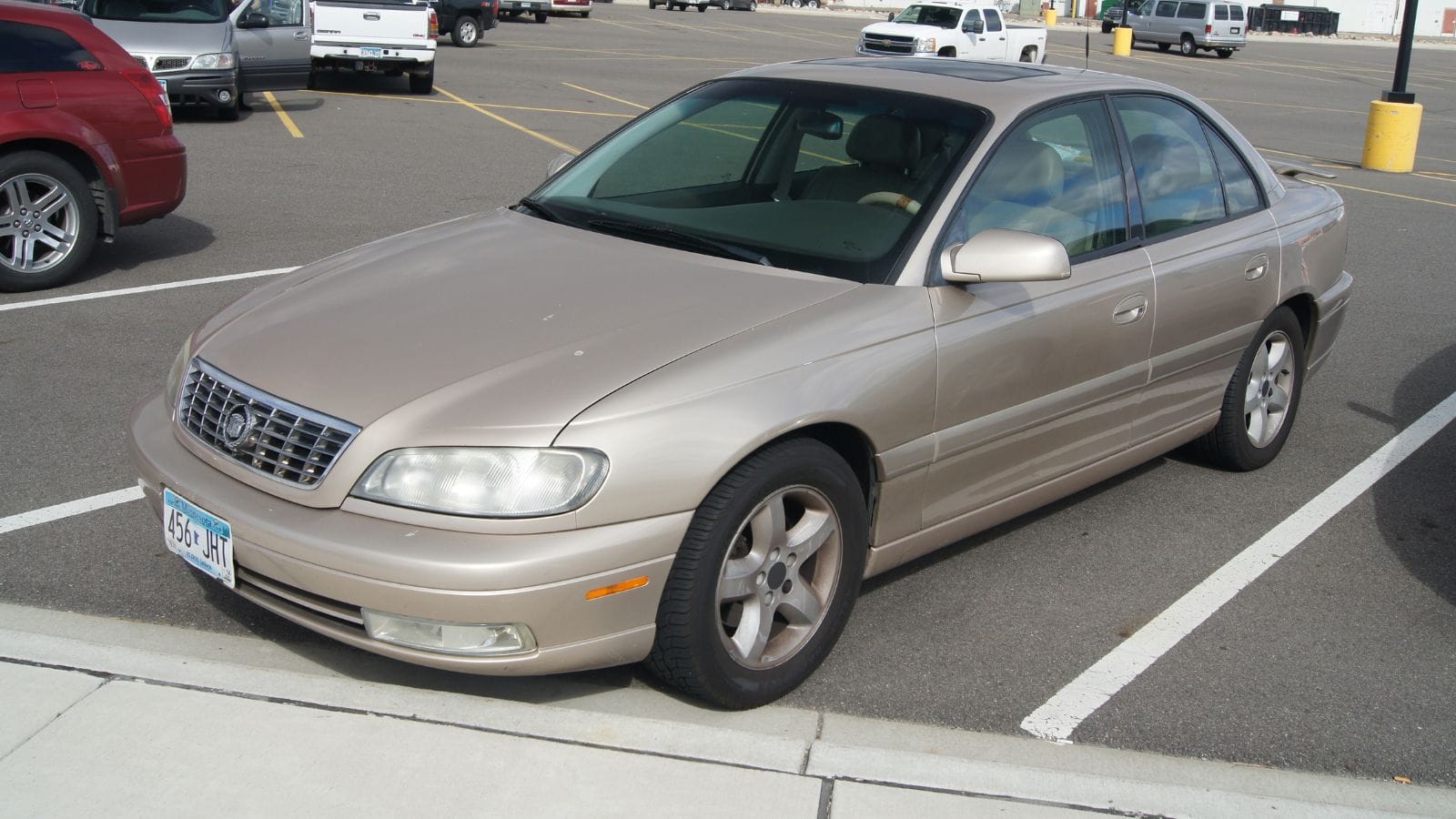
The Cadillac Catera tried to bring a European flair to the Cadillac brand, but it fell flat. Built in Germany by Opel, the car was plagued by reliability issues from the start. Timing belt failures, electrical faults, and overheating problems made this car a constant headache. Even worse, the driving experience never quite lived up to its luxury promise. Interior trim wore quickly, the dashboard cracked, and electronics often failed. Most owners dumped their Catera long before they intended to. It became known as the luxury car that never really was.
Jeep Compass (2007 to 2016)
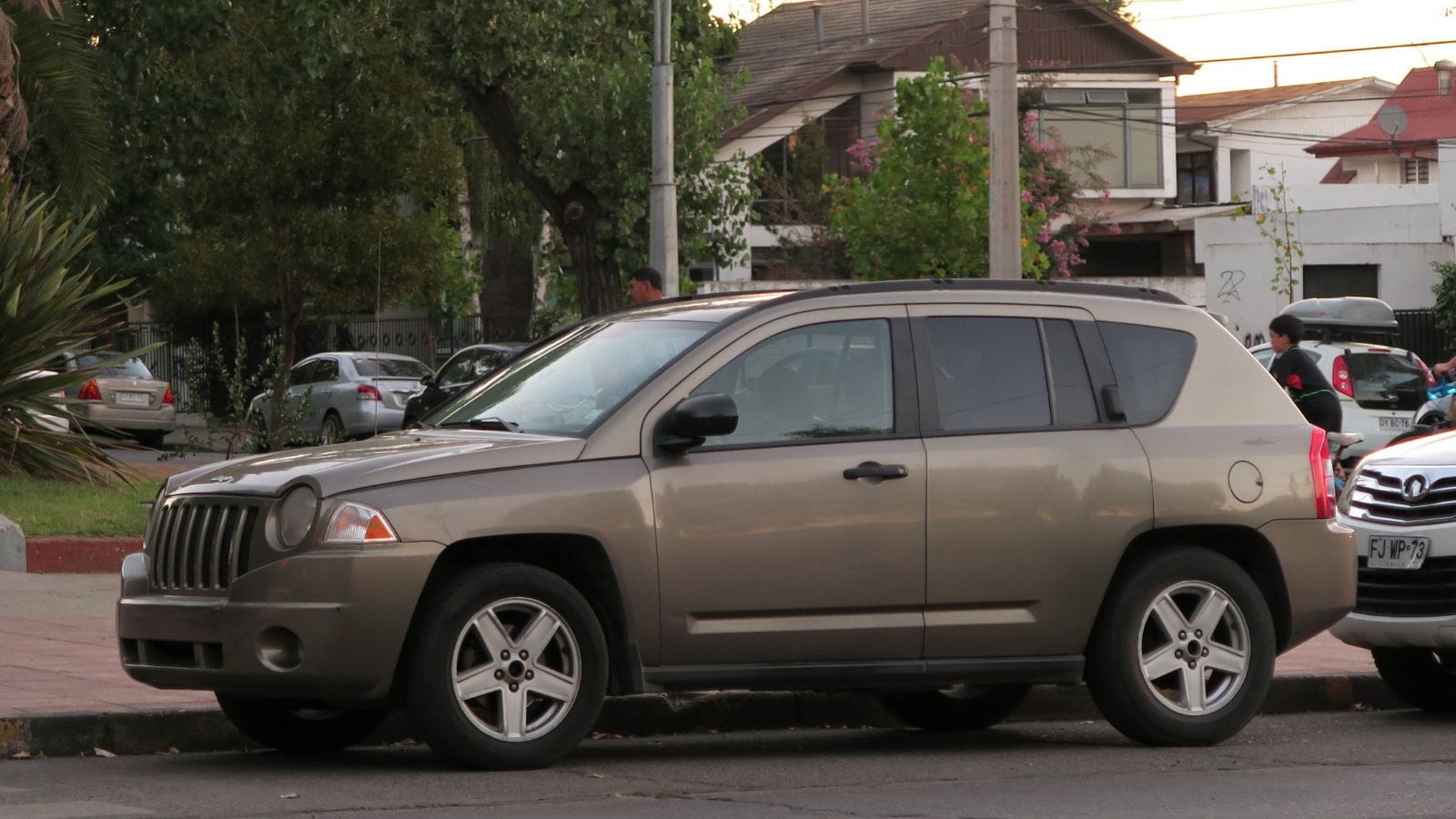
Jeep fans had high hopes for the Compass, but the first generation never lived up to the brand’s reputation. Built on a car platform but pretending to be rugged, the Compass offered neither good road manners nor serious off-road ability. The interior was noisy and full of cheap plastics. Many models had a CVT transmission that failed prematurely. Even things like paint quality and door seals wore quickly. By the time most owners moved on, they had a long list of complaints and few fond memories.
BMW 7 Series (2002 to 2008)

This generation of BMW’s luxury flagship was loaded with technology, which is exactly what made it such a headache to own. The complicated iDrive system was new and unrefined, and its failures were just the tip of the iceberg. Many cars suffered from valve stem seal leaks, failing cooling systems, and unpredictable transmissions. Because of the integrated electronics, simple repairs often turned into expensive multi-part replacements. Even dedicated BMW fans admit that buying one out of warranty was a costly gamble they would not repeat.
Fiat 500L (2014 to 2020)
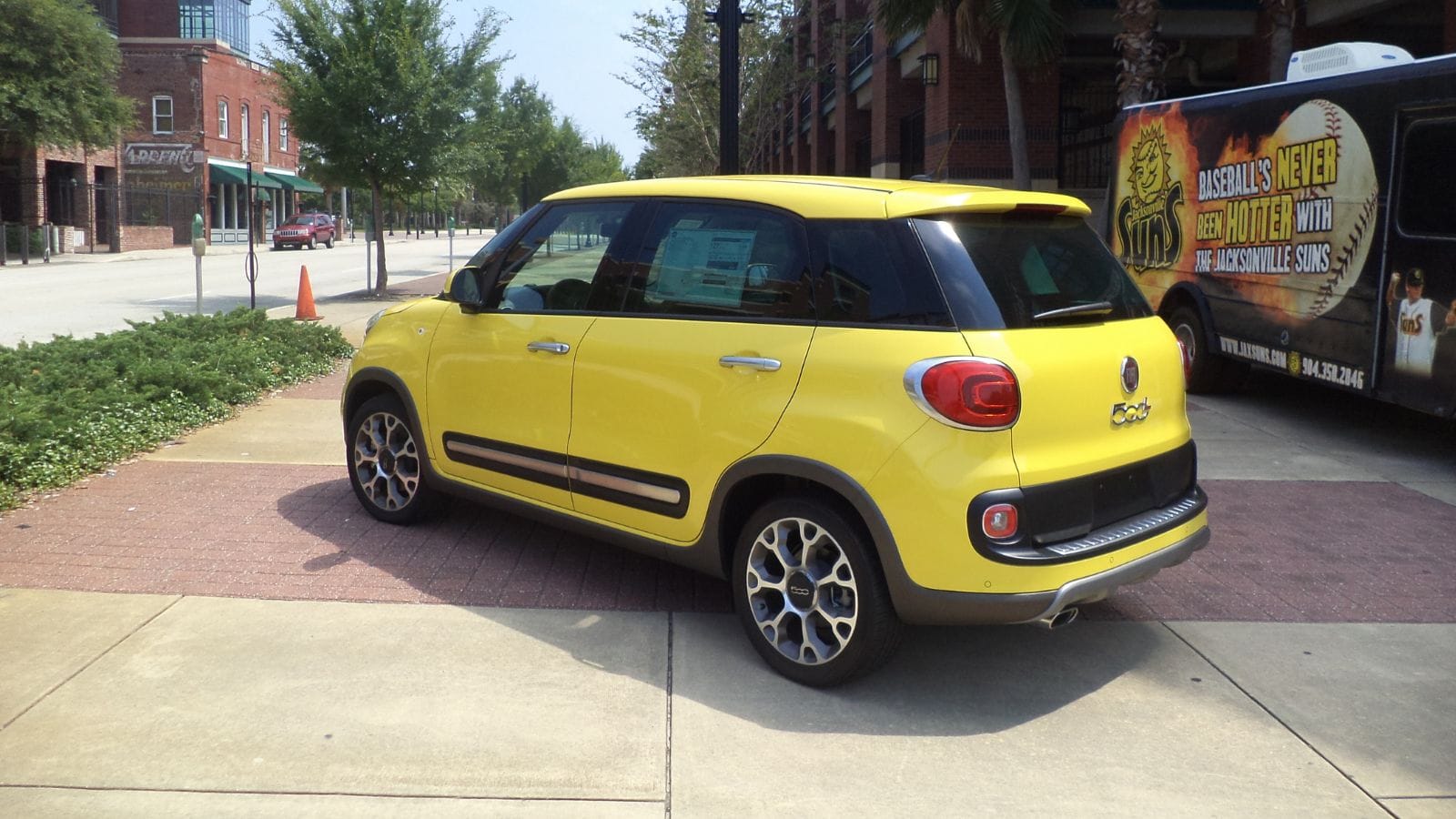
The Fiat 500L looked fun and funky, but most owners found it to be anything but. The styling had charm, but it could not hide the frustrating reliability issues. The dual-clutch automatic transmission shifted poorly and often failed early. The interior build quality felt flimsy, and infotainment bugs were common. Drivers complained of electrical gremlins like frozen screens and door locks that randomly stopped working. Add poor rear visibility and uncomfortable seats, and the 500L quickly became a car that overstayed its welcome in many garages.
21 Products Canadians Should Stockpile Before Tariffs Hit

If trade tensions escalate between Canada and the U.S., everyday essentials can suddenly disappear or skyrocket in price. Products like pantry basics and tech must-haves that depend on are deeply tied to cross-border supply chains and are likely to face various kinds of disruptions
21 Products Canadians Should Stockpile Before Tariffs Hit
